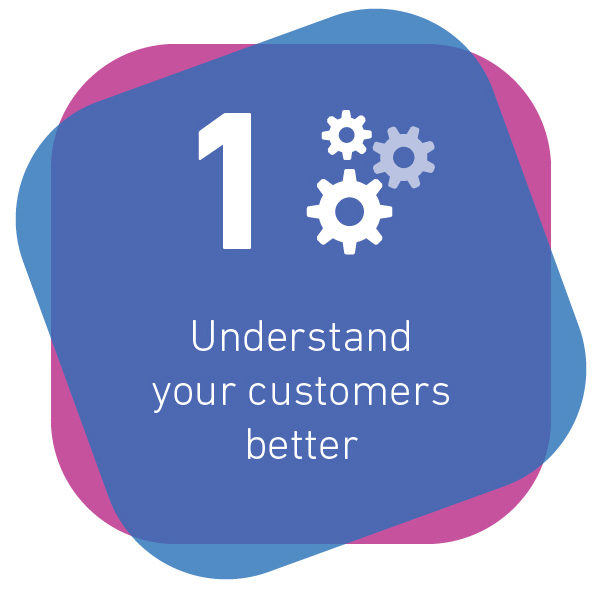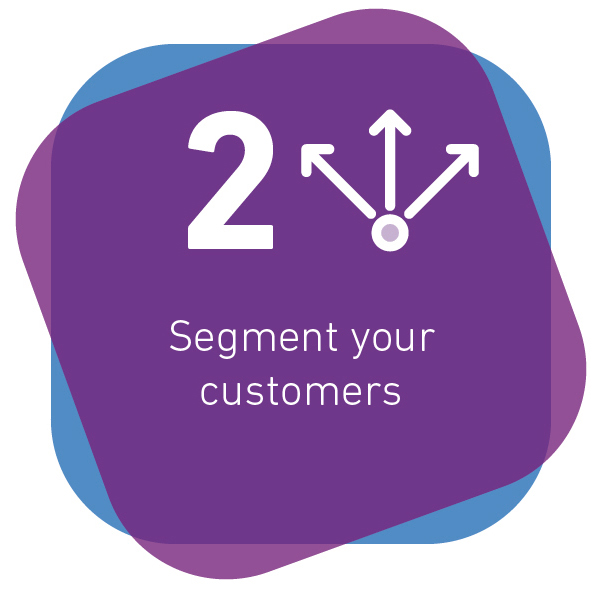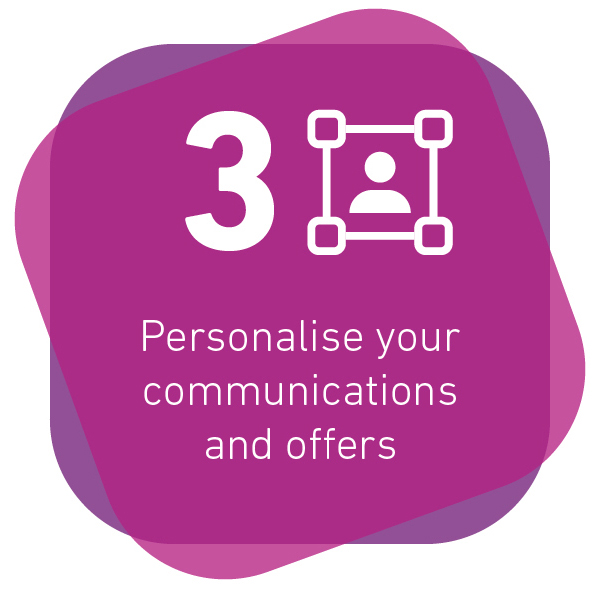Building added value for customers is a win-win situation – a customer who feels that they’re being offered great service, products and experiences is more likely to remain loyal. This in turn, should create greater value for the business. According to Forbes1, there’s an 80% increase in revenue for businesses that focus on improving customer experience. Let’s look at what added value is, and how it can be achieved.
What is added value?
There are a variety of factors that determine if a customer sees your products, services, or communications as valuable and desirable.
To create the greatest possible value for your customers, it’s necessary to provide benefits that outweigh the cost. These can be measured either in terms of perceived brand value, the high quality of a product or service, the relevance or timeliness of an offer, or the convenience and accessibility of the customer experience.
However, before you start to think about adding value; you need to understand the fundamental reasons why a customer may buy a product or service. The development of a value proposition will help you to do this. Your value proposition will help you to ensure that your product or service is centred around the customer value and needs. Ultimately, this will help you to assess how to make them more compelling, and how to add value.
The good news is that once you’re ready to think about delivering customer added value, you can do this in three key steps.
Step 1: Understand your customers better
All customers want the most value from their purchases and providers, but they may not share the same view about what that value should look like. For one customer, for example, fast, simple service might be the most important factor in choosing a provider or brand. This viewpoint may differ from another customer who simply wants a product or service at the lowest available price point.
What drives customer value is subjective; however, it’s important to focus on general themes:
- Understand how customers engage with your products and services
- Analyse customer touchpoints to assess which areas are providing friction in your processes
- Talk to your customers – capture feedback so you can analyse what customers like and don’t about your products and services
Focusing on these general themes will allow you to consolidate your data so you can understand how your customers are behaving and what’s important to them. You can then start hypothesising about added value opportunities to help them further with enhancements to your products or services. A thorough understanding will help you to support your customers more effectively, add increased value and ultimately drive longer term loyalty.
Step 2: Segment your customers
Typically, different types of customers have distinct ideas about what value really means. This can be impacted by a wide range of factors, including the customer’s demographic (age, gender, marital status, etc), geography, income level, and much more.
Rather than trying to shoehorn the same value proposition to your entire audience, it’s critical to identify what’s important to different segments within your audience. To understand the impacts of customers’ views on value, it’s necessary to segment them into groups with similar characteristics and needs. This enables far more targeted and relevant marketing.
“Categorising customers doesn’t just help you create new customer value based on highly relevant, timely marketing messages and offers. You can also discover who are your most valuable customers and target them with new cross and upsell offers, or reward them for their loyalty.”
Debbie Oates, Director of Customer Engagement, Experian
The way to achieve this is to build a powerful customer data profiling strategy. Adding highly accurate data from multiple sources will allow you to fully understand your customers wants and needs – and to create maximum value for them.
This segmentation and additional marketing insight will enable you to focus your marketing efforts on the segments that are more likely to convert, which should ultimately drive down costs and increase the effectiveness of your marketing spend.
Step 3: Personalise your communications and offers
Once you’ve segmented your customers, you can create personalised marketing communications and offers for them that truly reflect their expectations and needs as individuals.
This approach tends to make customers feel valued, leading to long-term brand loyalty and ultimately, should help to make it less likely that they move to a competitor. The final consequence is increased customer engagement, satisfaction, and lifetime customer value.
Segmenting your audience will also allow you to focus your marketing efforts on those segments that offer the highest potential value and growth opportunity for your business.
As an additional benefit, you can identify target customer segments with a similar profile to your best customers, helping you to drive engagement and – ultimately – to create new revenue opportunities. This approach takes the guesswork out of marketing campaigns and ensures that you can target all of your effort and budget into attracting the right customers for your business.



How can we help?
We can help you to use both your own data and enrichment data to gain an enhanced level of customer insight. For example, we can help you understand your customers and create even more value for them with our cross-channel classification system, Mosaic. Building on a 30-year track record of identifying changes in the structure of UK society, Mosaic creates an easy to understand segmentation that allocates individuals and households into groups and detailed types. Allowing you to make sure that your customer communications and offers are always relevant, compelling, and highly valuable.
Not sure exactly what you need? Find out how our broad range of datasets and tools can help you create even more customer value, helping you deepen your customer loyalty, strengthen brand advocacy and maximise profits.
Sources
[1] 36 Astonishing Customer Experience Statistics for 2022, Techjury